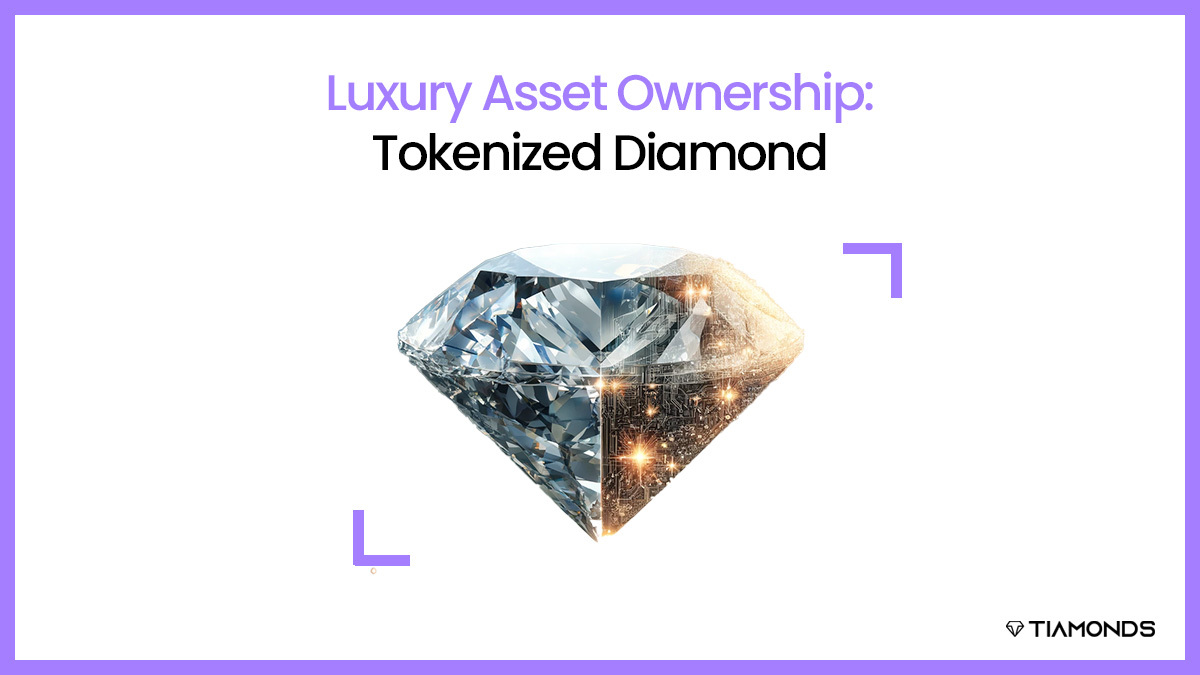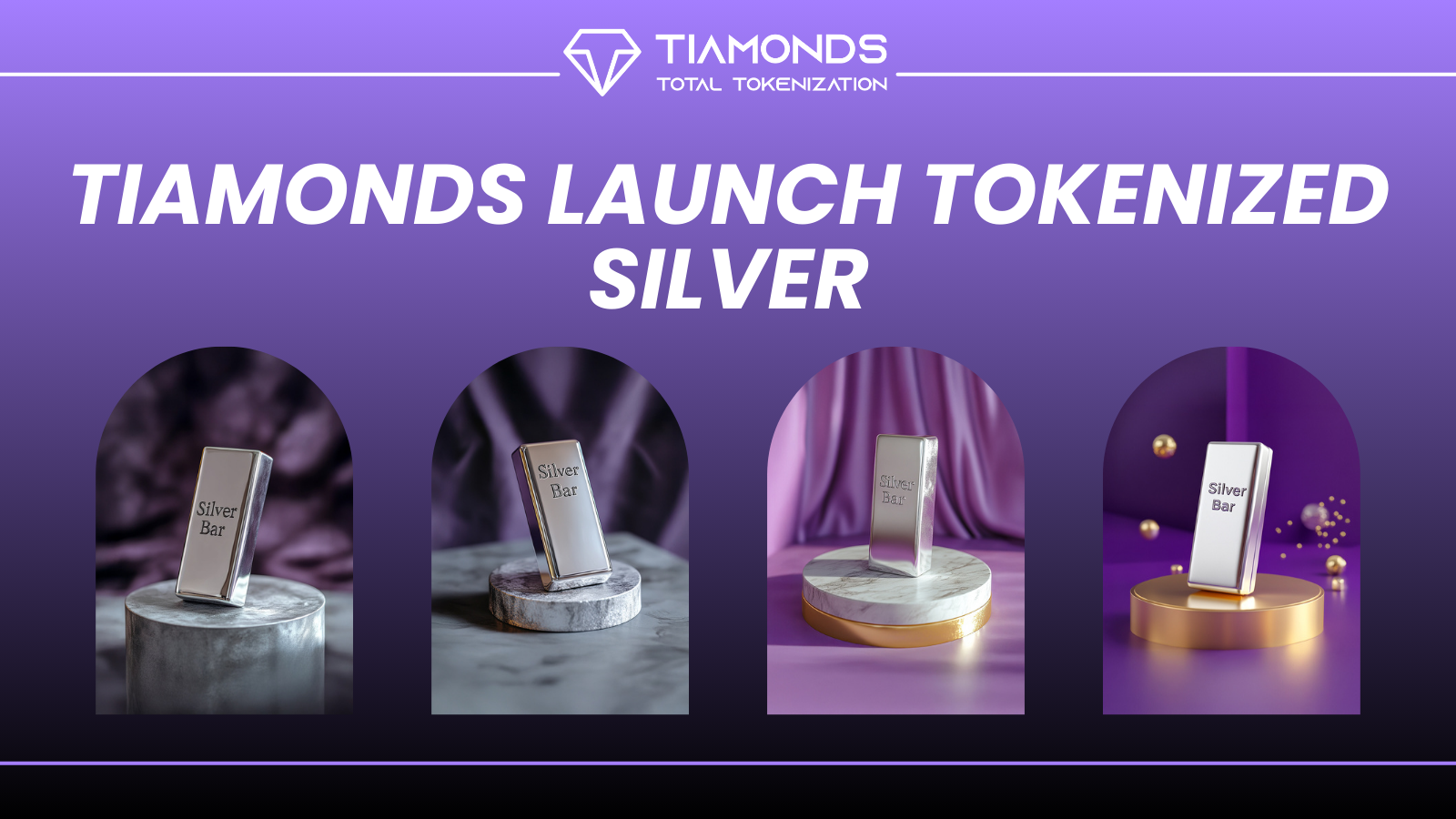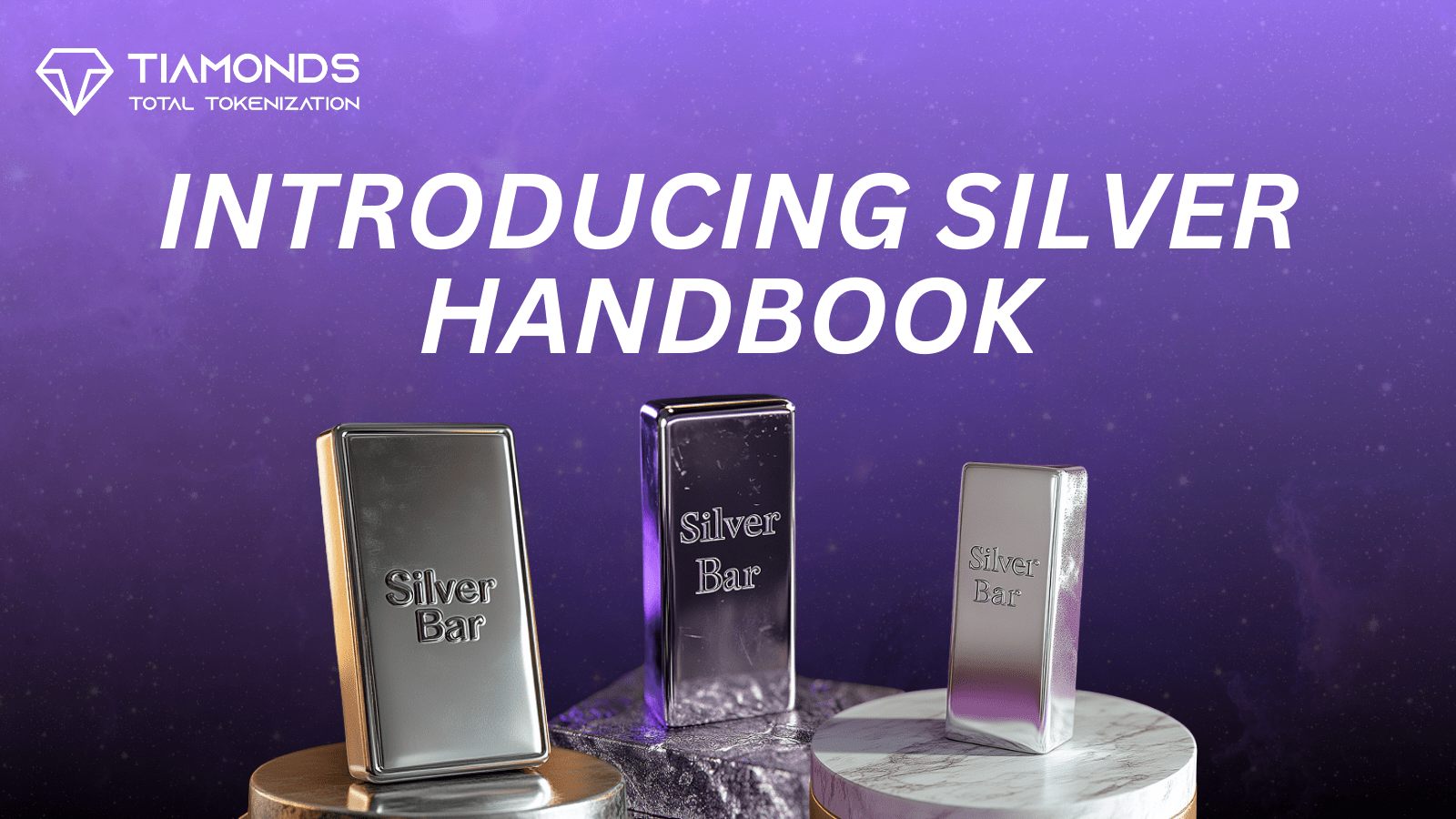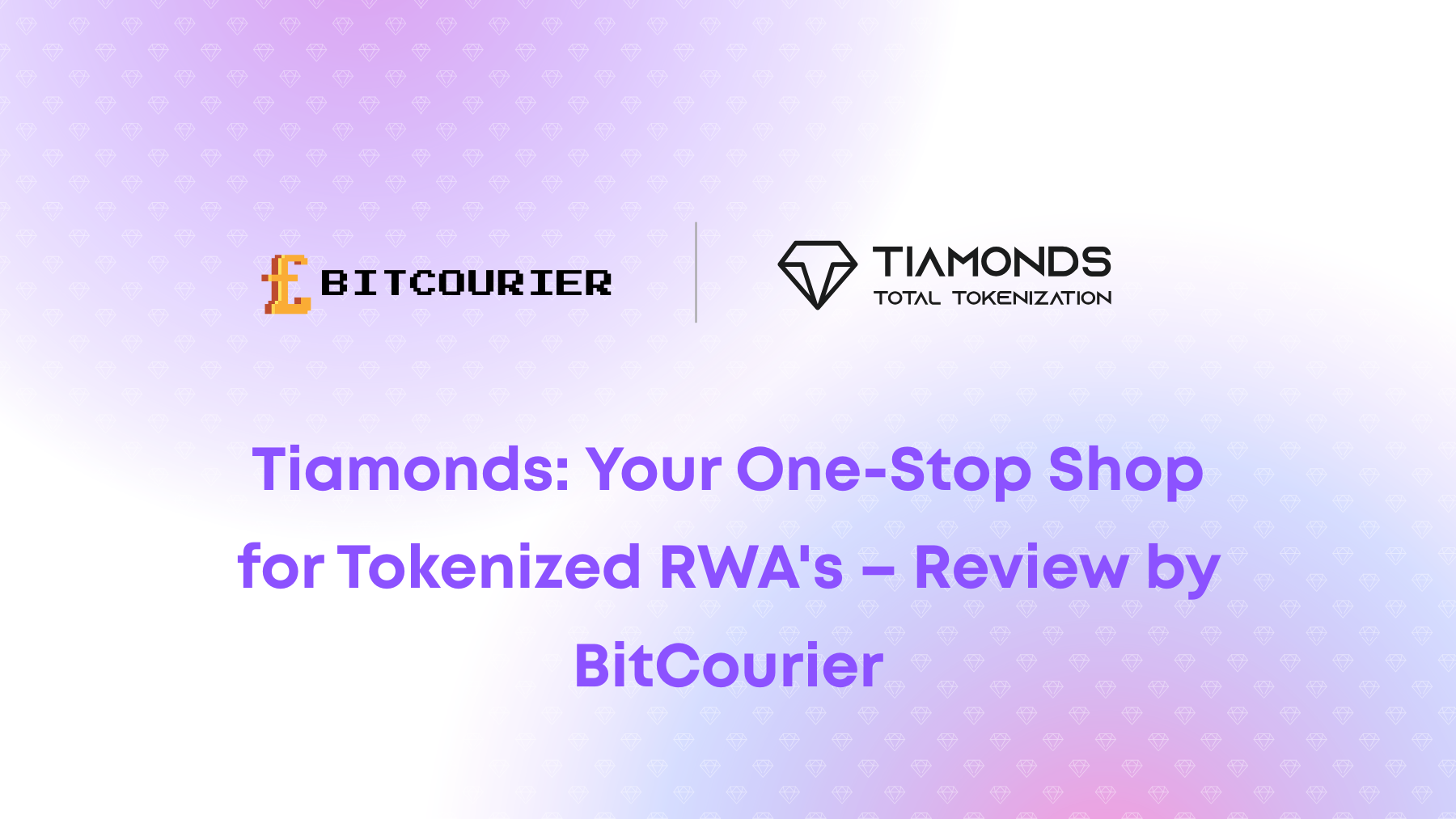Diamonds and jewelry are among the most ancient and valuable possessions in human history. Because of this, they have represented beauty, prosperity, and social standing for centuries. Investing in these valuable objects, however, can be difficult due to the high capital, keeping, insurance, and verification expenses associated with them. Furthermore, the jewelry and gemstone industry frequently exhibits a dearth of clarity, liquidity, and cohesion, which can pose challenges for investors seeking to efficiently access and trade these valuable assets. Blockchain technology, thankfully, provides a resolution to these challenges. Blockchain technology facilitates the generation of digital tokens capable of symbolizing a wide range of assets, such as tokenized diamond. Direct transfers of these tokens, bypassing intermediaries and brokers, are possible on exchanges for digital assets. Blockchain technology has the potential to democratize the jewelry and gemstone markets, thereby increasing investor liquidity and accessibility.
Table of Contents:
ToggleAdvantages of Blockchain Technology for the Tokenized Diamond Market
Numerous advantages accompany the integration of blockchain technology into the jewels and tokenized diamond sectors. To begin with, it facilitates enhanced transparency through the provision of an exhaustive log of each transaction. This transparency enhances consumer confidence by enabling them to authenticate and trace the provenance of the gemstones and jewelry they acquire.
Blockchain technology also enhances security by eliminating the risks associated with counterfeit products. Customers, retailers, and other stakeholders can readily verify the distinct digital identity that the blockchain designates for each item.
In addition, through process automation and paper reduction, blockchain technology streamlines the supply chain. Blockchain technology enables smart contracts to autonomously execute transactions and payments, reducing administrative burdens and ensuring timely product delivery.
Implementations of blockchain technology for Tokenized Diamond Market
The jewelry sector offers numerous opportunities for the implementation of blockchain technology. One such application is the monitoring of the origin of gemstones. Through the documentation of a gemstone’s trajectory on the blockchain, starting from the mine and culminating at the jeweler, consumers are able to acquire absolute assurance regarding the gemstone’s genuineness and ethical procurement.
An additional application involves the verification of high-end jewelry. A significant concern in the industry is counterfeit goods; blockchain technology may offer a solution by assigning a unique digital identifier to each piece of jewelry. Customers and retailers have the ability to access this identity, which serves to guarantee the genuineness and worth of the product.
Blockchain technology can also facilitate the exchange of uncommon or limited-edition jewelry and tokenized diamond. By tokenizing these items on the blockchain, collectors and investors can easily transmit ownership and monitor the jewelry’s value in real time, creating a transparent marketplace.
Luxury Asset Ownership: Tokenized Diamond
In addition to being the best companions of young women, diamonds are also associated with the affluent and powerful. Nonetheless, the industry faces obvious challenges:
- Lack of liquidity;
- Non-transparent pricing practices;
- The process of demonetizing the market;
- Unreliable valuables storage; and
- “Blood” and fake diamonds.
Currently, the majority of investors regard diamonds with little interest and classify them as “non-commoditized commodities.” The affluent currently have limited access to diamond investment opportunities.
In addition, the value of each stone is determined by a multitude of valuation factors, which reduces its liquidity. Then, consider the paperwork, logistical challenges, and double taxation that may arise if the seller and customer are located in separate nations.
The price is opaque due to the fact that the primary benchmarks produce data predicated on the valuation of the largest participant, rather than the present state of the market. In terms of pricing, stone characteristics such as cut, carat, and clarity are essentially irrelevant. In reality, each vendor independently determines the pricing of each stone, leaving no room for transparency. Additionally, the majority of transactions are peer-to-peer and cash-only, whereas major investors prefer to remain anonymous.
Tiamonds is a project that defines luxury asset ownership in the most relatable way. Tokenized Diamonds by Tiamonds: a prime example of asset-backed digital diamonds.
Explore the marketplace: https://tiamonds.com/
The Application of Tokenized Diamond
One of two primary categories of tokens, fungible or non-fungible tokens (NFTs), can represent jewelry and diamonds on the blockchain. Fungible tokens, similar to fiat currencies and cryptocurrencies, are interchangeable and identical. They can generate standardized and divisible units of value, such as grams, carats of gold, or diamonds. Non-fungible tokens, such as artworks or mementos, are distinct and indivisible. For instance, we can generate digital certificates of ownership and authenticity by using them to verify the provenance of uncommon or exclusive gemstones and jewelry.
Incorporating smart contracts and tokens, two of the most significant blockchain innovations, into the multibillion-dollar diamond industry may facilitate the growth of this investment sector. Leading cryptocurrency publications made headlines in 2018 regarding KGK Diamonds and Alrosa, two diamond industry veterans, who tokenized diamond assets valued at $17 million in an effort to combat the stagnation of diamond sales. Annual profit amounted to approximately $68 billion as a consequence of this transition.
Nevertheless, tokenization of diamonds is more complicated than that of precious metals due to the immobility of the stones. Each stone possesses distinct qualities, including form, hue, translucency, and mass. Because the values of stones vary, it is impossible to substitute one for another. In the context of purchasing a token equivalent to a 999 gold bar, the specific bar associated with the token is essentially irrelevant. However, diamond assets do not fall under this principle.
To Conclude
Evidently, blockchain technology can provide an innovative and thrilling method of investing in gemstones and jewelry. By tokenizing these assets, blockchain technology can eliminate fraud, lower entry barriers, and guarantee the assets’ authenticity. Additionally, it has the potential to enhance the jewelry and gemstone market’s liquidity, transparency, and diversity, thereby generating fresh prospects and value for investors.
The process of purchasing and selling a gold bar or tokenized diamond has never been simpler. Tokenization simultaneously resolves a number of issues associated with precious metals and diamond, including illiquidity, opacity, and retail investors’ absence of access to a multibillion-dollar market, among others. Simultaneously, reputable organizations thoroughly safeguard and manage the assets.




